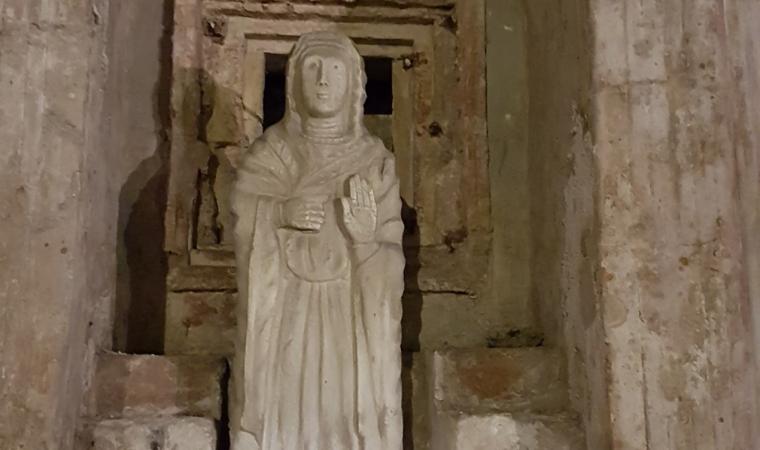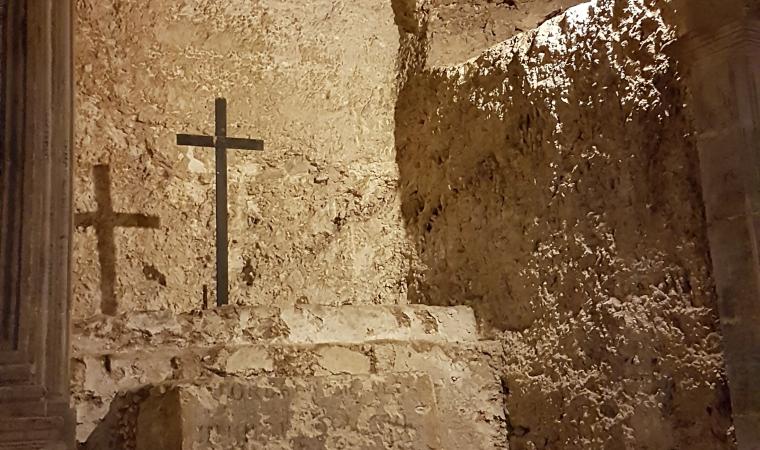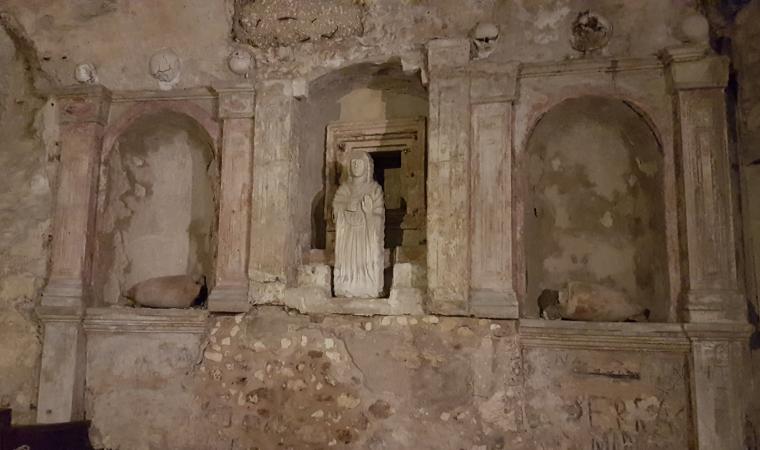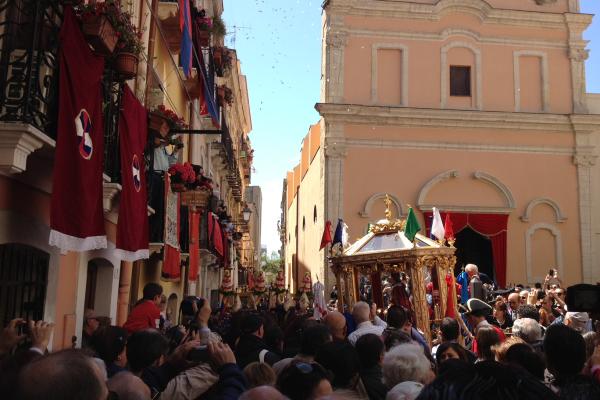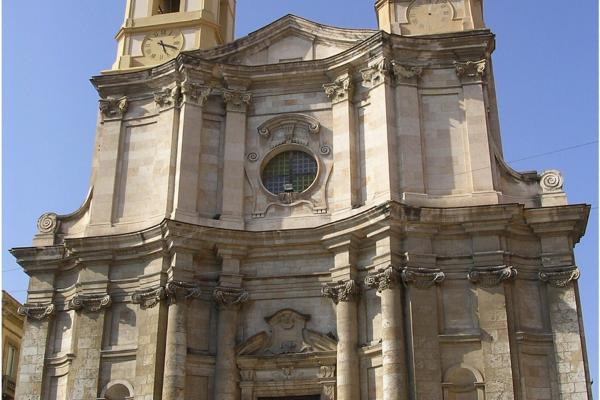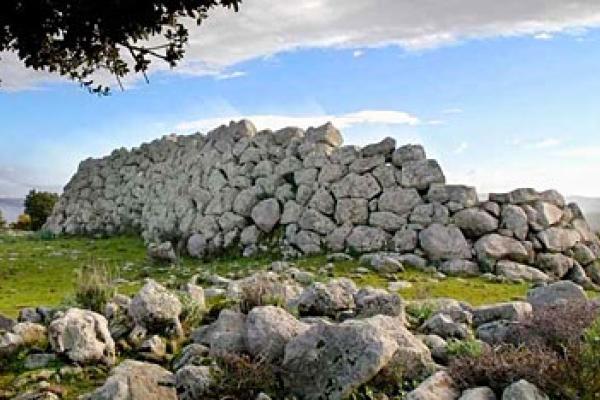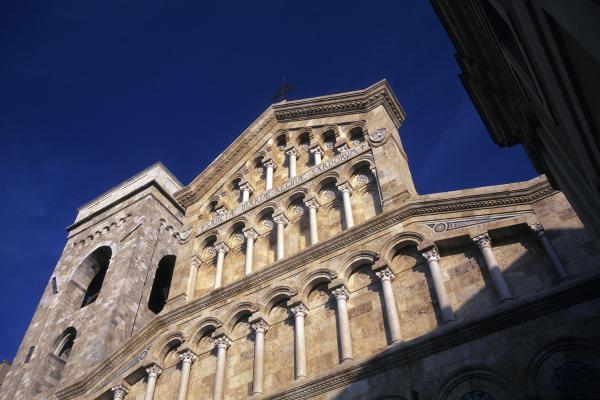A quarry for limestone blocks, a Phoenician religious site, an amphora deposit, a place of Christian worship, and a shelter in the second world war. The crypt of Santa Restituta, one of the symbols of the picturesque neighbourhood of Stampace, has had a turbulent history, marked by periods of abandonment and with a happy ending in the restoration during the 1970s. The hypogeum has a central space connected to the outside by two stairways carved into the rock. The walls were once painted: the wall showing Saint John the Baptist with his right hand raised in blessing (13th century) still remains. The central altar features a marble statue of Santa Restituita, while the smaller altar used to hold simulacra of Saints Giusta, Giustina and Enedina. You can feel that the church is dug out of the rock as soon as you enter, from the small square of the same name a short walk from the Crypt of Sant'Efisio.

Monument
In one of the historical and most characteristic neighbourhoods of Sardinia stands a hypogeum that has marked most of the town's history, from the Phoenician-Punic period to the modern day
In one of the historical and most characteristic neighbourhoods of Sardinia stands a hypogeum that has marked most of the town's history, from the Phoenician-Punic period to the modern day
See this place because...
Enjoy a suggestive visit to the place where Santa Restituta was imprisoned and martyred, in a fascinating, romance-like setting that has performed a range of public functions through the ages
Pictures and videos
Nearby
Dove si trova
Piazza Santa Restituta a Cagliari, nell’antico quartiere di Stampace.
Come arrivare
Dalla via Roma percorri verso nord il largo Carlo Felice e svolta a sinistra in via Azuni. Dopo aver oltrepassato la chiesa di Sant'Anna, imbocca a destra la via Sant'Efisio, che costeggia la chiesa di Santa Restituta. Da qui, accederai alla cripta.
Admission
Free admission
Ti piace questo luogo? Cagliari potrebbe essere la tua meta ideale.
You may also like
More attractions in the vicinity
Nearby hotels and accommodations

Bed and breakfast (rental rooms)
CAGLIARI
0 km

Bed and breakfast (rental rooms)
CAGLIARI
0 km

CAGLIARI
0 km


